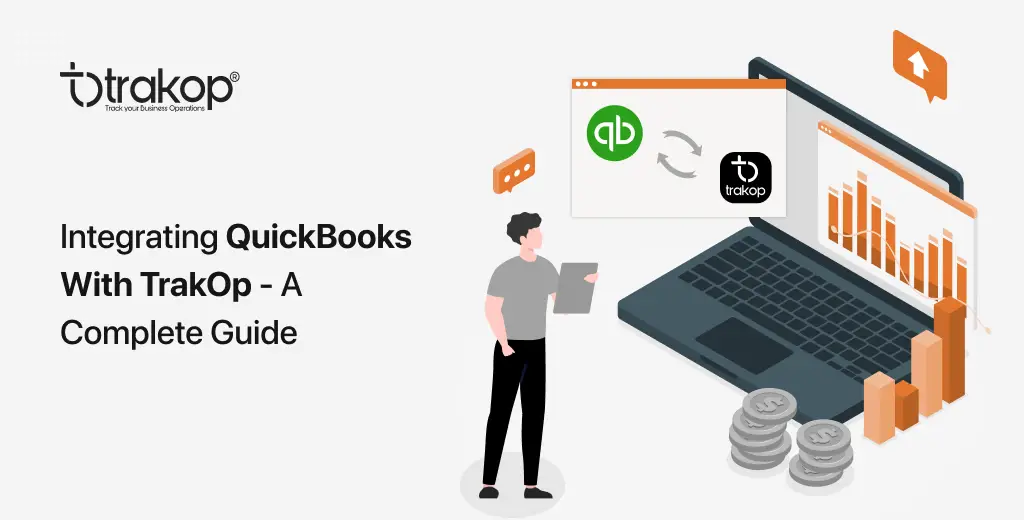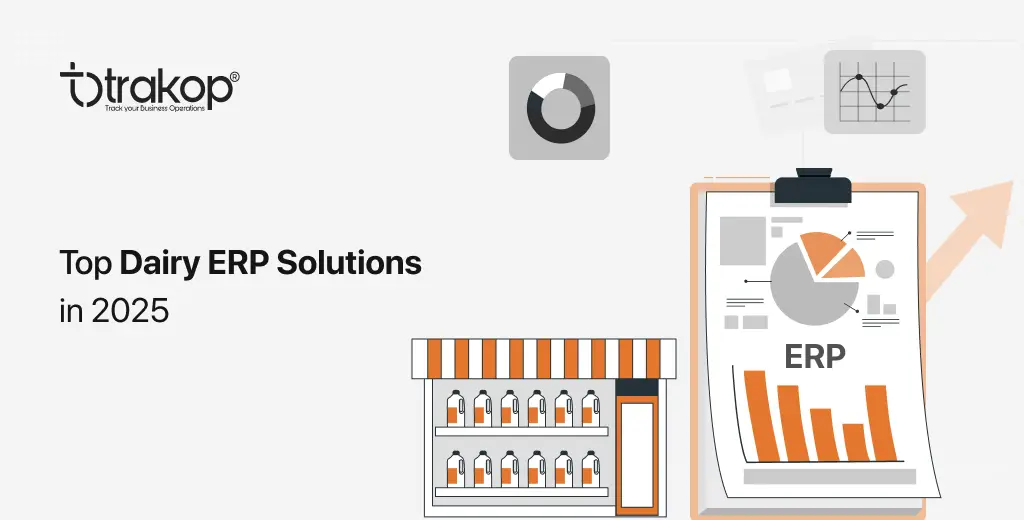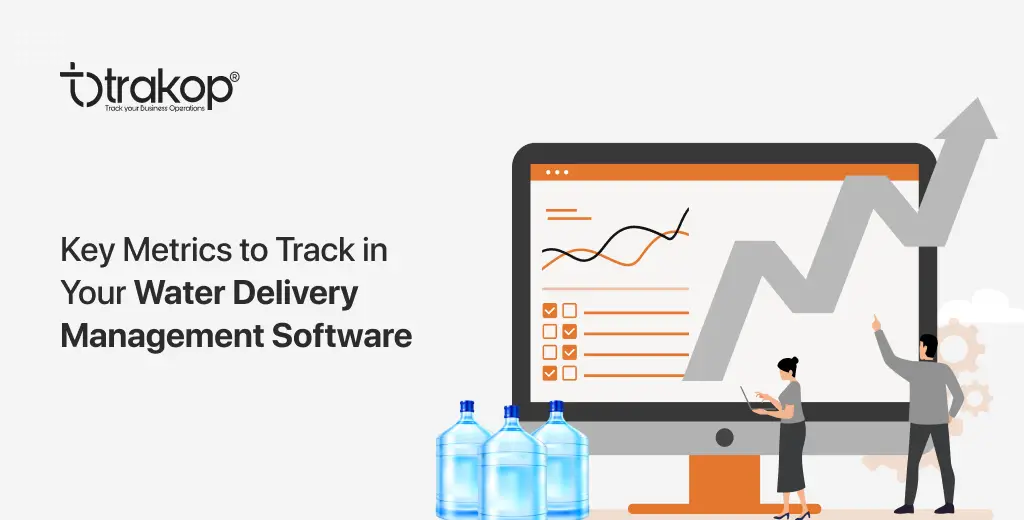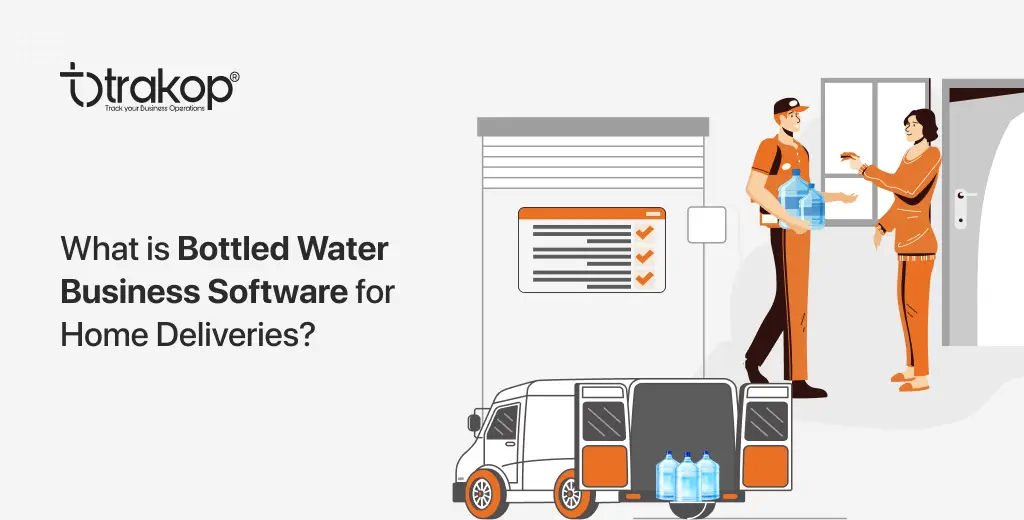How does the Route Optimization Algorithm Work?
Route optimisation is a crucial aspect of logistics management because it directly affects the efficiency and cost-effectiveness of a delivery operation. With rising customer expectations for timely deliveries and increasing fuel costs, businesses rely on advanced algorithms to optimise their delivery routes.
Route optimisation determines the shortest possible routes to a given destination. This concept has gained significant traction in transportation and logistics due to its ability to reduce travel time and costs.
Knowing route optimisation can help you increase customer satisfaction and streamline your delivery procedures, regardless of the size of your company—from small local businesses to large-scale logistics operations.
Before a business or organisation adopts this method, it must first be able to document all of its business routes, after which specialists can use the data to forecast the best possible routes.

It should include all necessary information, such as the number and location of all required stops along the route and delivery time windows.
Other factors are:
- Number of turns or intersections along the route
- Left-hand turns (crossing the line of traffic)
- Best or nearest driver to dispatch to the route
- Traffic congestion for the current time of day
- The best approach (access) to a stop on the route
Route Optimisation Algorithm
The first documented usage of an algorithm to solve TSP was published in 1959 by George Dantzig and John Ramser. Route optimisation algorithms are collections of computer permutations to address a particular routing problem. These algorithms help achieve goals, such as reducing trip time and costs or ensuring maximum worker and truck productivity.
How does Route Optimisation Algo work?
The process of selecting the most cost-effective route is known as route optimisation. Finding the shortest path between two points is more tedious than it appears. It should include all necessary information, such as the number and location of all required stops along the route and delivery time windows.
Also, delivery route planning software takes your starting point and creates a path connecting multiple stops in the shortest possible sequence.
Using our route optimisation technologies, dispatchers and route planners may quickly and easily calculate the most cost-effective routes for their drivers. It also equips them to react quickly, change delivery windows and revise route plans in real time as circumstances change during the day.
Benefits of using auto-route optimisation in a delivery business
It provides some advantages that can boost productivity, cut expenses, and improve customer service for delivery companies.
Route optimisation in a delivery business offers several key benefits:
- Cost reduction – Route optimisation algorithms can drastically cut operating costs by minimising mileage and fuel consumption. Reduced mileage equals cheaper fuel and less wear and tear on the car, which lowers maintenance costs.
- Improved efficiency – Optimised routes facilitate more effective deliveries, which decrease the time required for each delivery and increase the number of deliveries delivered in a single day. An increased number of deliveries leads to higher potential revenue and better productivity.
- Enhanced customer satisfaction – Quick and dependable deliveries assure happy customers; deliveries arrive on time, and route optimisation lowers the possibility of missed or delayed deliveries. Increased client retention and loyalty may result from this.
- Reduced environmental impact – Route optimisation helps to lessen the ecological effect of delivery operations by reducing mileage and fuel consumption, enhancing a company’s reputation and being in line with the expanding trend towards environmentally friendly business practices.
- Better resource utilisation – Route optimisation guarantees the effective use of delivery vehicles, which lowers the demand for extra cars and drivers. Cost reductions and better resource allocation may result from this.
- Adaptability – Algorithms for route optimisation can instantly adjust to changes, such as heavy traffic or last-minute delivery requests, and guarantee timely and effective deliveries even in erratic circumstances.
- Scalability – Route optimisation can assist a growing delivery company with a higher volume of deliveries without compromising productivity. It allows businesses to scale their operations effectively and maintain high levels of customer service.
Our routing program is integrated with our fleet management and GPS tracking software, allowing fleet managers and sales representatives to optimise driver management and plan for future business changes.
Route optimisation algorithms are a powerful tool for delivery companies, offering a variety of benefits such as cost savings, increased efficiency, and higher customer satisfaction. These algorithms use complex mathematical models and real-time data to generate optimal delivery routes that reduce mileage and fuel consumption while ensuring on-time deliveries. As a result, businesses can increase productivity, reduce operating costs, and provide better customer service. Whether you own a small local business or a large logistics operation, investing in route optimisation algorithms can help you stay competitive in today’s fast-paced delivery market.
Hope You Enjoyed the Read!

He loves to explore. His passion for helping delivery industries in all aspects flows through in the vision he has. In addition to providing smart solution to make delivery process flawless, Ravi also likes to write sometimes to make it easier for people from business industry looking for digital solutions.










